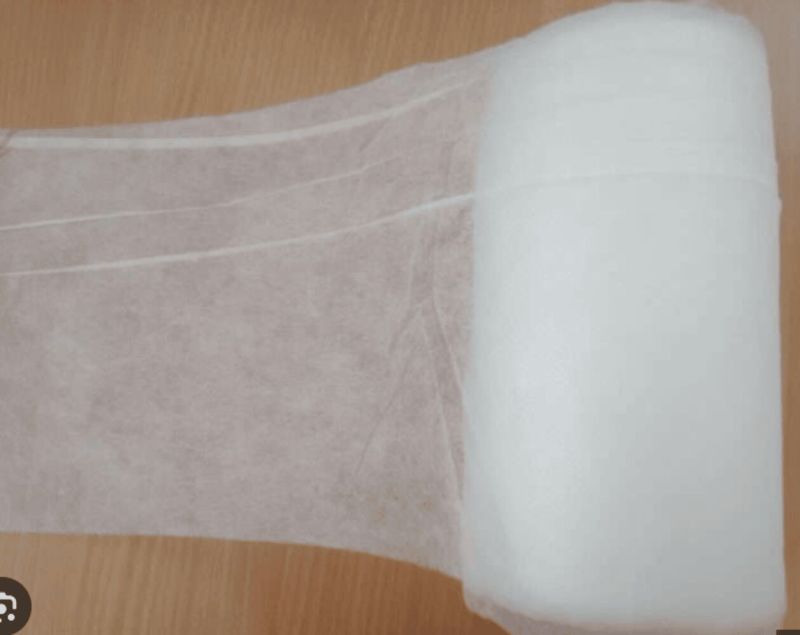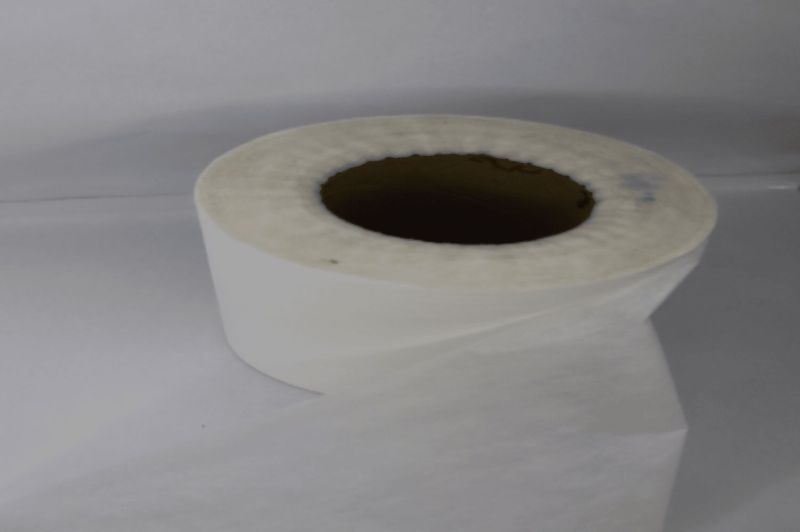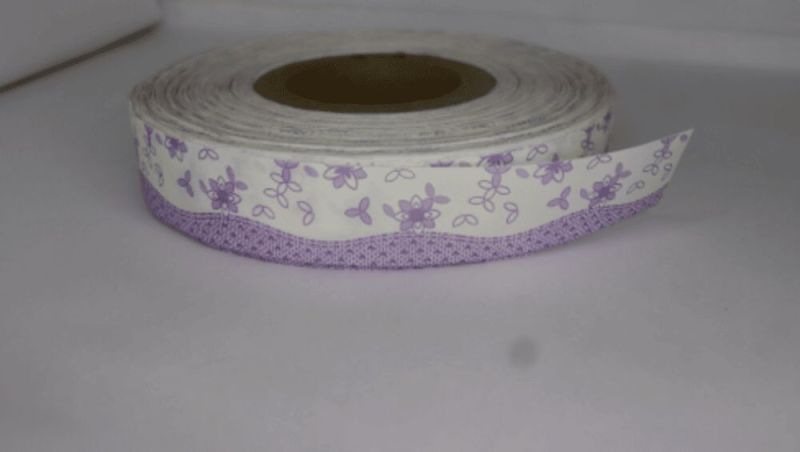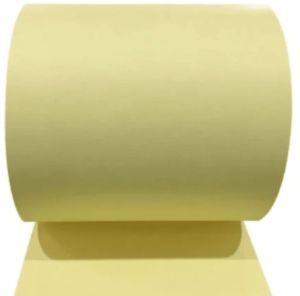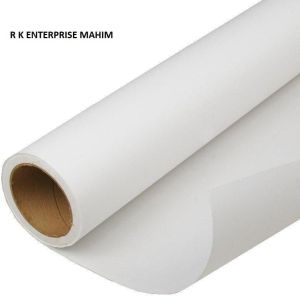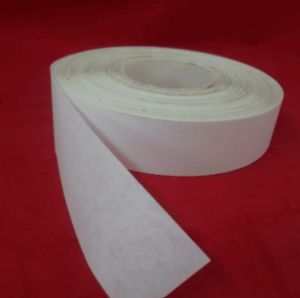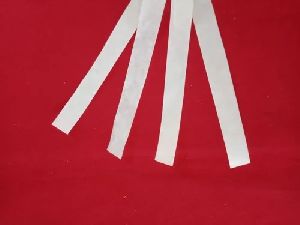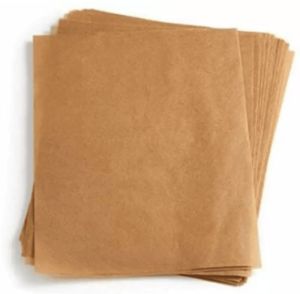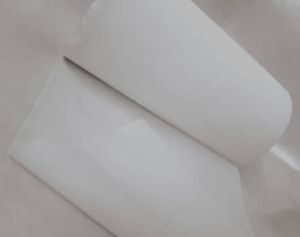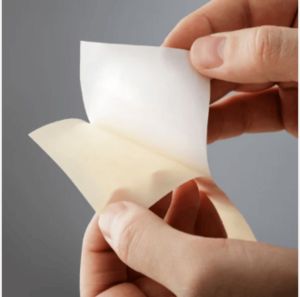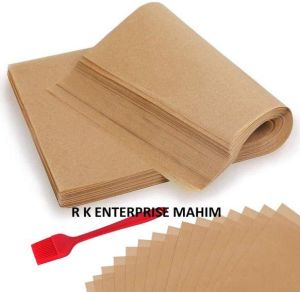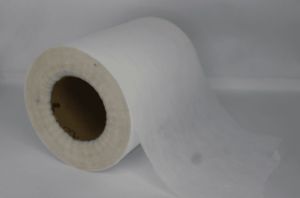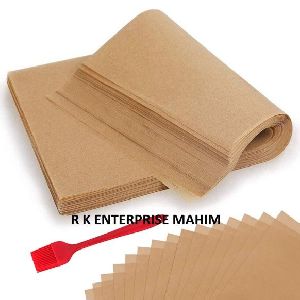Mahim, Mumbai, Maharashtra
- GST NO. : 27ADXPN7508A1ZA
| Business Type | Manufacturer, Supplier |
| Pattern | Plain |
| Technics | Staple Fiber |
| Feature | Anti-Bacteria, Biodegradable, Moisture Proof, Recyclable |
| Click to view more | |
Preferred Buyer From
| Location | Worldwide |
Product Details
Color
White
Application
Sanitary Pad
Plastic Type
Virgin
Type
Hydrophilic Non Woven Fabric
Country of Origin
India
Brand Name
Amicare
Material
NA
Size
NA
Delivery Time
5 DAYS
Packaging Details
Ro0ll OFF
Hydrophilic Nonwoven White Fabric is a type of fabric made from synthetic fibers that are treated to absorb water or moisture, making it suitable for applications in hygiene products, medical textiles, and other moisture-sensitive environments. Here’s a detailed description and specification:
Description:- Material: Typically made from polyester, polypropylene, or a combination of both synthetic fibers. The hydrophilic treatment is applied to make the fabric absorb moisture.
- Color: White.
- Texture: Soft, smooth, and nonwoven, providing comfort and gentle contact with the skin.
- Moisture Absorption: Enhanced ability to absorb moisture or water, which is achieved through the hydrophilic treatment process, making it more suitable for applications where moisture management is critical.
- Breathability: Allows air to pass through, reducing the chances of irritation and promoting comfort in products worn for extended periods.
- Durability: Strong, tear-resistant, and often designed to be single-use or reusable, depending on the application.
- Chemical Properties: May have anti-microbial or anti-bacterial properties, especially in medical-grade fabrics.
- Weight: Typically measured in gsm (grams per square meter), ranging from 30 gsm to 100 gsm, depending on the intended application.
- Thickness: Varies from 0.2mm to 1.0mm, depending on the material and use case.
- Width: Can range from 10 cm to 200 cm, based on customer requirements and application type.
- Hydrophilic Treatment: The fabric undergoes a process to modify the surface energy of the fibers, making them hydrophilic (water-attracting).
- Applications:
- Medical: Surgical drapes, wound care dressings, and face masks.
- Hygiene: Diapers, sanitary napkins, and incontinence pads.
- Industrial: Filtration materials, oil-absorbing pads, etc.
- Cosmetic: Towels, face masks, and beauty products.
- Temperature Resistance: Can usually withstand heat up to 120°C-150°C depending on the fiber composition.
- Certifications: Depending on the application, it might be certified for skin safety, medical use, or environmental compliance (such as OEKO-TEX, ISO standards).
This fabric is favored for its combination of softness, moisture-wicking ability, and versatility across various industries. The hydrophilic treatment is key to its enhanced performance in environments where moisture control is critical.
Looking for "Hydrophilic Nonwoven White Top Layer" ?
Roll
Explore More Products


